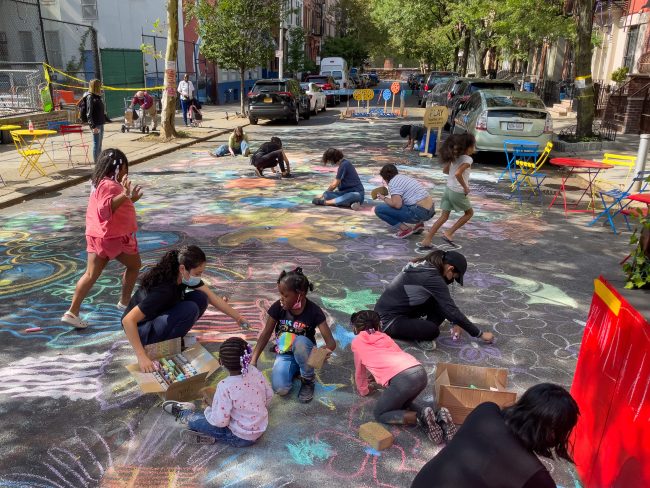
The Open Streets program was created during the pandemic to allow people to get some fresh air, exercise and enjoy their community. It has been very popular (400+ blocks) and generated significant economic benefits . Open Streets saw a 10% increase in new businesses during the pandemic while nearby control corridors saw a 20% contraction. It is now under attack from two quarters: drivers with disabilities and – unwittingly – the administration.
A lawyer for the disabled plaintiffs in the New York case accused the city of ignoring requests to make the program accessible, and said it should have staff to move the barriers, similar to school crossing guards. The DOT has not provided staff to do that — something both opponents and supporters of open streets agree would be helpful.
In parallel, the administration held hearings on new rules that would codify permits and other requirements that rely today on the honor system. And DOT ‘s Open Street Group has done a magnificent job of pulling this program together with so little staff. The fact that very few complaints were lodged attests to the success.
However, with City lawyers involved, the burden to Open a Street for a local block association would become just too onerous. Only Business Improvements Districts would be equipped to fill out the paperwork, obtain insurance, obtain a dizzying list of permits, and man the barricades. This flight to more sophisticated partners who cover only 1 % of the city’s area, does not bode well for the program to remain equitable and benefit the populations who need it the most, because of they lack of green space or live in overcrowded apartments. We need to go back to square one and streamline the process, send the lawyers packing, while providing more resources to participants , including official street signs.
